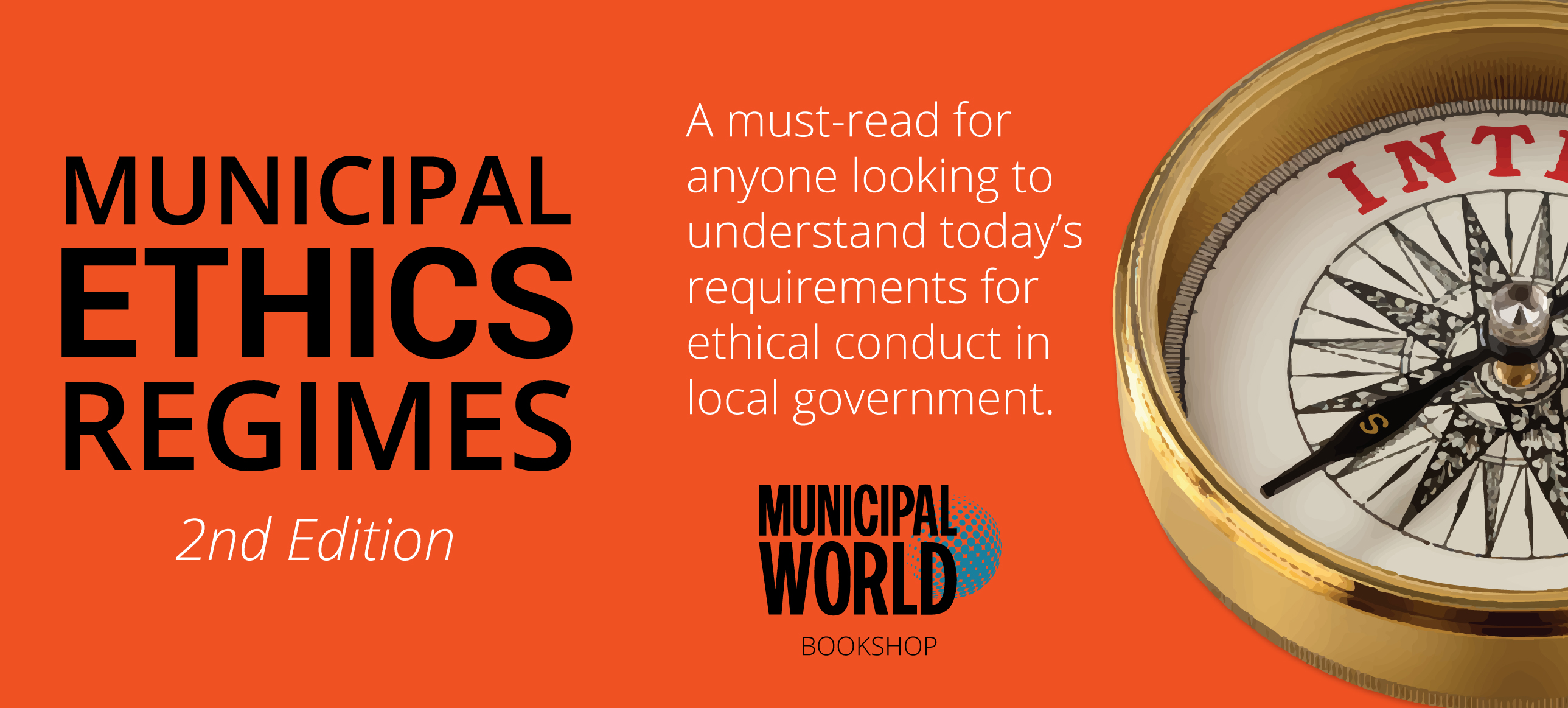CAO evaluation criteria (Part 1)

Last month, we explored the question “Can council evaluate its chief administrative officer?” In this issue, we now turn the focus to “What should a council evaluate?” Both topics are, of course, far larger than the space permitted herein so the reader is advised to contact the writer or others to help “fill in the blanks.” (As I age, I note that those increase!)
Council’s Expectations
The simple answer to this question is that a council should evaluate the CAO according to its expectations when the person was hired. That would actually suffice if those expectations had been recorded and agreed upon by the full council and the new CAO. The best time to set in place council’s expectations is when a council is in the process of replacing a departing CAO. What did you like about the last person? What aspects of his or her term in the office of CAO were not as rewarding? What failed? Was the role properly described? Did you, as a council, specify what you were looking for when you began the search; or did you put your minds on hold and simply place an advertisement?
Very recently, I assisted a not-for-profit organization in Edmonton in reviewing their organization and assessing their structure and senior management requirements. Did they even need a new CEO (the last one had recently left)? The board asked a lot of good questions including wanting more advice on a solid CEO profile that they could use in directing the executive search firm to find the best external candidates. This profile should be instrumental in helping the board to subsequently evaluate their next CEO.
Corporate Performance
A second chapter in the evaluation should be council’s assessment of the overall corporate performance of the municipality. I was recently contacted by a municipality that is running a significant operational deficit and that has no plan to tackle its infrastructure deficit. Such matters call into question both council’s own leadership, but also the acumen of management. Where there is significant management or staff turnover and grumbling amongst the survivors, the organization’s culture has often been damaged – and frequently by those who have just departed.
Corporate performance is defined by a series of metrics including: evidence of thoughtful business planning; a well-reasoned, sober-minded budget; evidence of cohesion among the administration; well-planned projects being finished on time and close to budget; transparency in reporting from management to council; responsiveness to the concerns of the public; respect between management and the council; and so on. Is there clear evidence that this is happening? If so, it has a lot to do with the competency and confidence of the CAO. If not, it also has a lot to do with the competency and confidence of the CAO.
Relationship to the Mayor and Council
Given that this is the Achilles heel of many CAOs and a principal reason for the shortened tenure of many, it should be evident that the relationship between a council (and the mayor) and the CAO must be front and centre in any evaluation. While this important relationship reflects the combined impact of many factors, there are two aspects that form the heart or core. These are trust and respect. These two factors are inseparable and precious; they ought to be treated as gently and respectfully as possible by both parties; and, where these factors are in existence, they ought to be cherished.
A solid relationship does not just happen. It is the result of many day-by-day decisions and acts. Such a relationship is not formed in the recruitment process, even though there may be a “glow” to the marriage between the council and their new CAO. Why could we not have had such a relationship with the last person, someone is heard to ask? Well, the council of that day likely did; it is just that, over time, the small things were lost in the “hurly-burley” world of local government. No one paid attention to the blessing that was enjoyed, until the knives of improper behaviour and disrespect cut the core from the healthy apple. And, just as surely, this “glow” will also quickly fade unless both parties discuss why it is important and how it is going to be maintained.
A professional CAO like the one I had lunch with this week understands that his ability to function depends on the health of this relationship. He spoke of the possibility that the mayor may be retiring at the end of this term, and how much he had been blessed by a healthy relationship with the mayor. He is not, however, a close friend of the mayor. He is a professional advisor. He would never weigh in on the mayor’s decision to stay or retire. He would never think of attending the mayor’s house to sip drinks at the victory celebration on election night. Why? Because he respects the differences and celebrates the distinctions. He understands the need for separation. He is mature and respects his calling and that of his mayor and councillors.
In Summary
While others might approach this topic quite differently, I have thus far identified what I see as three key aspects of a CAO performance assessment: council’s expectations, corporate performance, relationship with the mayor and council. A CAO must be able to meet the council’s expectations; he or she must be accountable for the overall performance of the civic corporation; and he or she begins to build a relationship with the mayor and councillors at the time of the recruitment and every day thereafter. These are important, but are not the only performance indicators. MW
Next Article: Other CAO performance indicators, including relationship to management and the organization, degree of alignment with council’s goals, profile in the community, CAO goals, and results. And then, the difficulties in evaluating a CAO.
GEORGE B. CUFF, FCMC, our governance zone expert, has been involved in local government in one way or another since 1970. He has been a recreation and youth specialist, a department head, a mayor for 12 years, and a consultant/advisor to municipalities since 1976. He is the author of Off the Cuff: A Collection of Writings by George B. Cuff – Volumes 1, 2, and 3 and Making a Difference: Cuff’s Guide for Municipal Leaders, Volumes 1 and 2, published by Municipal World, as well as dozens of magazine articles and columns in Municipal World since 1984.
as published in Municipal World, June 2013
Related resource materials:



